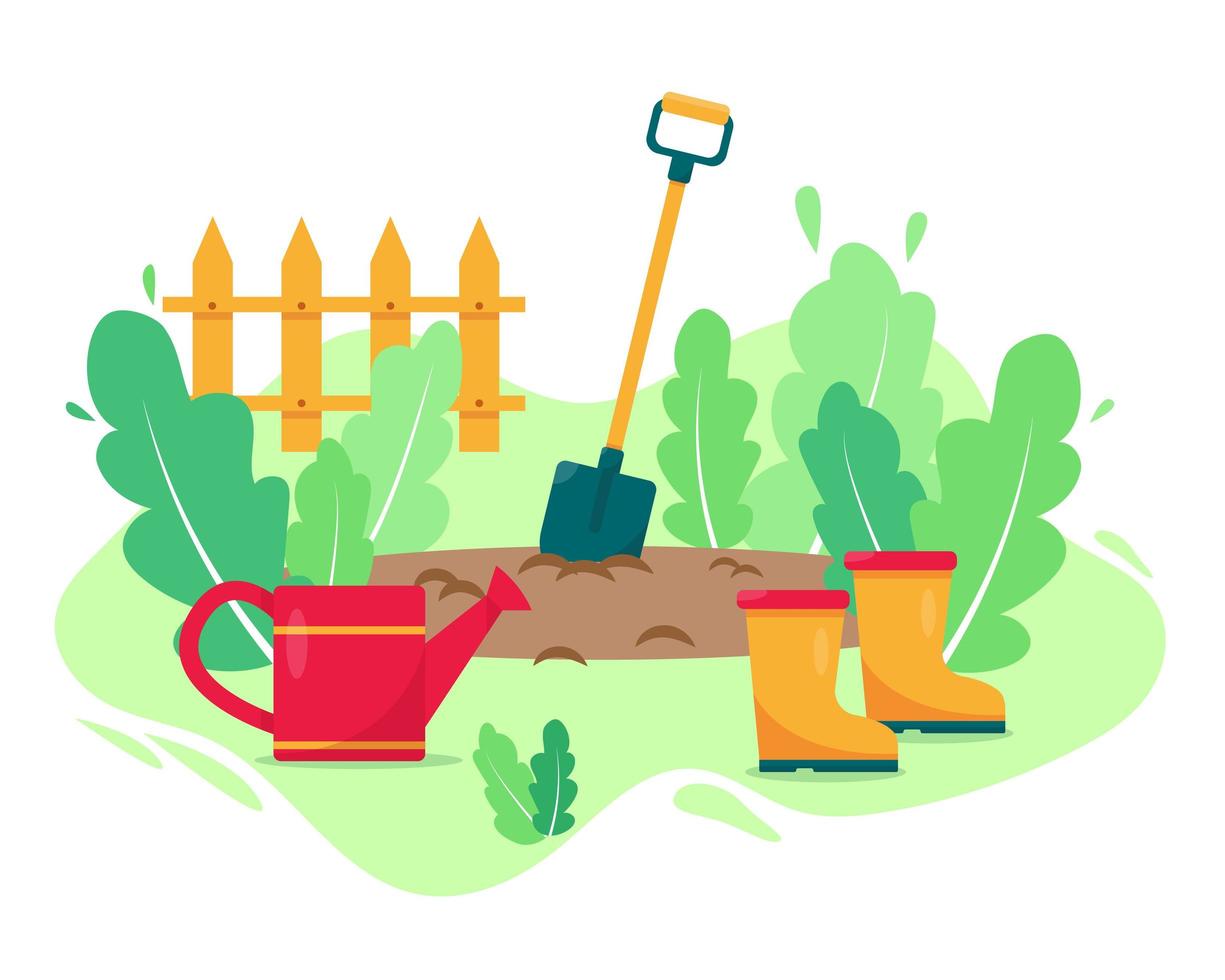So you’ve harvested your delicious summer vegetables and cleared out any annual crops that are past their prime. But your garden is spotted with empty space and lacking the liveliness it had in the summer. What now?
While all good things come to an end, your garden doesn’t have to be one of them. In fact, many gardens thrive through the fall, and continue to provide a bountiful harvest before a restful winter. If your garden is looking a little sad, or even if you’re just looking to give it a boost through autumn, consider following some of the tips below.
Plant Something New
One surefire way to bring life to your garden is to literally add more life.
- Catch Crops
According to Garden Improvement Techniques by gardening consultant Liz Dobbs and garden designer and builder Sarah Wood, catch crops are plants used “before planting or after harvesting the main crop,” or in the “space between slower crops”. Since catch crops are small and fast-growing, they essentially “fill in the gaps” between other plants. They are also commonly known as cover crops.
So, catch crops’ role is perfect for a garden with an empty spot here and there. Dobbs and Wood note that beets, carrots, and lettuce are some of the best choices for catch crops, since they can be harvested and eaten even before maturity. Additionally, the National Resources Defense Council provides a list of cover crops by region in the US, so you can choose the best plants for your climate.
- Add Some Herbs
Rather than replacing crops 1:1, you can also consider adding standalone plants for garden fullness. Herbs are the perfect candidate: they’re space efficient, they can thrive year-round inside, and they provide that perfect, fresh-grown flavor to your meals. And if you have mild winters, fall is one of the best times to plant and grow herbs outdoors, according to Bonnie Plants.
The choice of which herb to buy will vary depending on your goals (and what you would get the most use of when cooking!), but Garden Design provides a list of the 15 easiest. Additionally, if you choose a low-maintenance herb like mint, your kids could learn to help take care of a beginner-friendly plant.
Support Existing Plants
Season changes can be a big concern for gardeners and for a plant’s growing process. Anything currently growing in your garden will need a little bit of love as the outside conditions change.
- Cleanup
Garden blogger Kim from Shiplap and Shells recommends cleaning up and clearing twigs and leaves out of garden beds in the fall so that pests have less places to hide. Removal of debris and trash is also recommended practice from The Old Farmer’s Almanac. Gardener Robin Sweetser notes too that diseased and dying plants should also be removed from the garden during fall.
- Protect fragile plants
The Garden Improvement Techniques book also discusses maintenance tasks that will keep plants safe as the weather gets cooler. For tender plants, Dobbs and Wood recommend bringing them indoors before the first frost. And for small plants, you can add bubble wrap, burlap, or other insulation to protect roots from freezing.
While each of these tasks occur in the fall, the exact date will vary depending on your area. Make sure to monitor your local weather for temperatures below 32 degrees Fahrenheit, or check out American Meadows’ frost dates chart for US major cities and regions.
- Mulching
According to HGTV, mulching in the fall can provide insulation and help earthworms and microbes to live longer as the weather grows colder. This insulation also extends to your plants, and can help protect from frost. Additionally, Musselman Landscaping also notes that mulching can protect from pests and disease, which plants are extra vulnerable to in the cold weather.
Spruce Up the Space in Other Ways
Keeping your garden full doesn’t mean you’re limited to just plants. If you’re happy with the plants you have already, consider using extra space for a fairy garden.
- Fairy Gardens
While fairy gardens have waxed and waned in popularity in a modern sense, they are quite a timeless tradition overall. According to Di’s Studio Designs’ Brief History of the Origin of Fairy Gardens and Hampshire City Council’s History of Fairy Gardens, fairy gardens draw from Japanese rock gardens, Germanic and Celtic folklore, and Annette Ashbury’s business which popularized the idea of miniature window gardens.
Fairy gardens are certainly storied and whimsical. And they are also a fan favorite of many kids, and a great way to make a garden feel complete. When creating a fairy garden, there are many different ways to find components, and kids can help out with all of them. Have your little ones pick out accessories, or even repurpose a forgotten toy or two for a one-of-a-kind fairy/dinosaur crossover. You could also collect the materials outdoors like Little Owl Academy, or check thrift shops for lower-cost additions. Make your fairy garden as large or small as you would like to magically transform your empty garden space.
Final Thoughts
Overall, there are many ways to ensure that your garden remains full and lively through the fall. Whether you want to add new plants, maintain your current ones, or create something scenic, autumn could be the perfect time for these projects.



